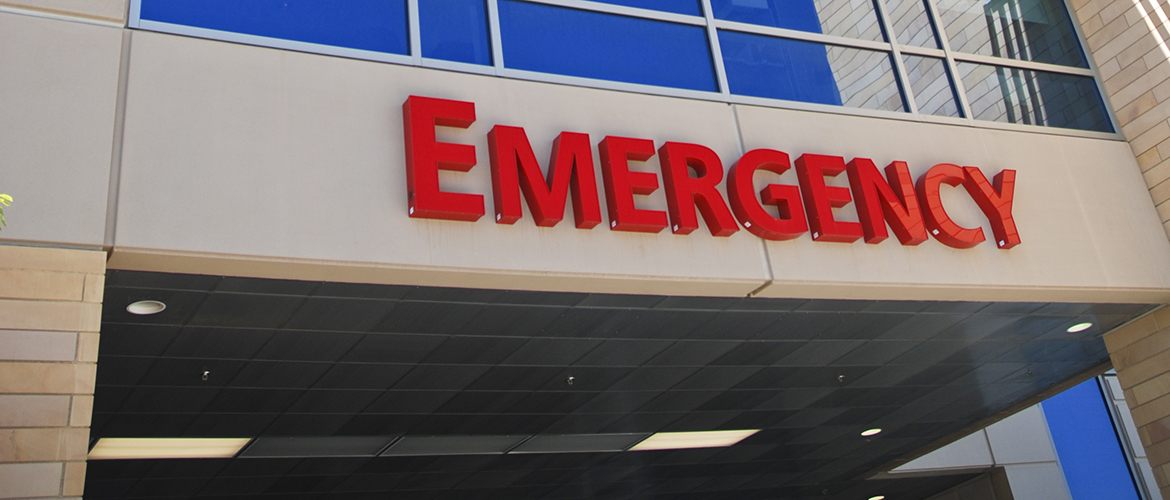A drive through many growing suburbs will reveal plenty of convenient health care choices. There are urgent care centers in shopping centers. Small clinics are tucked inside of retail pharmacies and stores. And in recent years a new player has joined the mix: freestanding ERs.
The choices have many people confused, causing consumers, insurers and employers to cough up a lot of money for no reason.
Emergency care is much more expensive than urgent care centers or retail clinics. That’s because it requires specialized equipment and medical specialists available around the clock for patients with serious illnesses and injuries.
Most health plans require patients to contribute bigger copays for ER visits than they would for care in retail clinics, doctor’s offices and urgent care centers. And because the price of emergency care is so much higher, the coinsurance — the percentage of the bill that’s the patient’s responsibility — can be substantial. The sticker shock can be even worse for people whose plans have large deductibles.
Freestanding ERs
A freestanding ER, though, often looks and feels much like a traditional urgent care facility. It’s a walk-in medical facility that isn’t physically connected to a hospital but is still equipped to receive patients with serious illnesses and injuries. These facilities are often found in commercial shopping centers, close to more affluent neighborhoods and residential areas.
The model is gaining some traction across the United States. A 2015 study published in the Annals of Emergency Medicine identified 360 of the facilities in 30 states. Many of them were satellites of hospitals, but more than a third were independent businesses.
Texas has become the national epicenter for the growth of for-profit freestanding ERs.
In 2009 the Texas legislature passed a law allowing the licensing of facilities that provide emergency care but are “structurally separate and distinct” from hospitals. Since then, the number of such facilities in Texas has grown from 40 to nearly 250, with about 36 new ones licensed in 2016 alone, according to the Texas Department of State Health Services.
Most of these businesses have sprouted in areas where they’re likely to attract patients with the ability to pay. Almost all of the freestanding ERs in Texas reviewed in the 2015 study were in ZIP codes where most residents have health insurance and higher household incomes.
Diagnosis: overpriced
The total price of a freestanding emergency room visit averaged $2,199 in 2015 versus $168 for an urgent care clinic visit, according to an analysis of Blue Cross and Blue Shield of Texas medical claims from 2012 to 2015. In each case, patients were expected to pay roughly one-third out of pocket.
And many of the patients who visited freestanding ERs could have had their health issues handled in a lower-cost setting. Fifteen of the 20 most common diagnoses treated at the freestanding ERs were also treated at urgent care centers.
However, costs for the same diagnosis were on average almost 10 times higher for patients at freestanding ERs than for patients treated at urgent care centers.
For example, the most common diagnosis at freestanding ERs was “other upper-respiratory infections,” and the average price was $1,351 — compared with $165 for the same diagnosis at urgent care centers.
"Many patients mistakenly think that freestanding emergency departments and urgent care centers are similar, because they are often conveniently located in neighborhood shopping centers with modest storefronts," said Vivian Ho, Ph.D., a researcher at Rice University’s Baker Institute for Public Policy and lead author of the study.
Texas employers are seeing significant increases in their emergency services costs, particularly those groups with generous ER benefits. While reimbursement to hospital-based emergency rooms has stayed on par with overall reimbursement increases, member data shows that the jump in ER costs is directly related to more freestanding ER centers opening across the state and more members using those centers for non-emergency services.
Another big reason for sticker shock is that many freestanding ERs don’t contract with insurers. As a result, they often charge much higher rates than in-network hospital ERs, and they bill patients for the portion that their insurance company declines to pay — a practice known as “balance-billing.”
One cure for exorbitant ER costs may be as simple as consumers researching their choices and asking the right questions: Is this an urgent care center or an ER? Is it in my health plan’s network? What will this cost?
Get more information on SmartER CareSM Options

